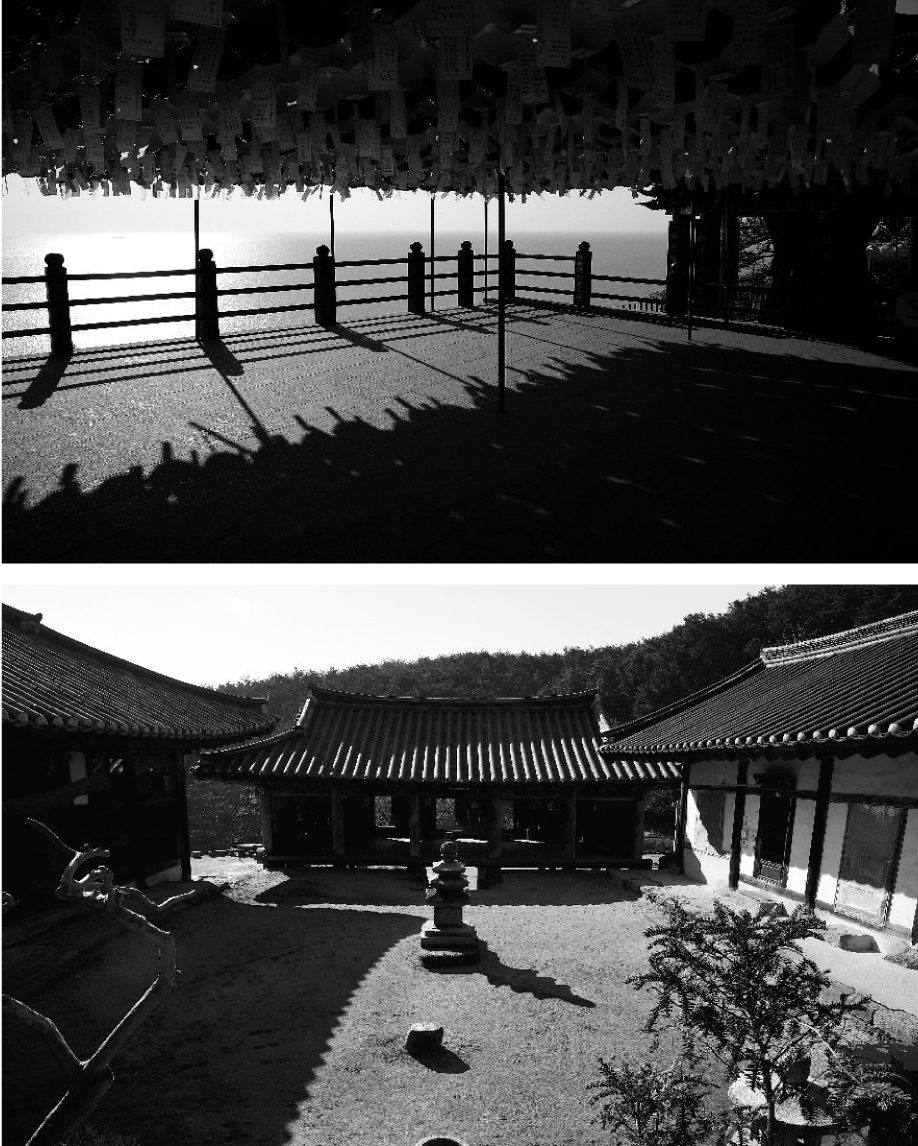
Photographs courtesy
Kim, Honghee
The Inward Eye
- a photographic journey by Kim, Honghee
Photographs are repositories of journeys taken and memories cherished. The Inward Eye is a virtual exhibition, an evocative photo narrative by acclaimed Korean photographer Kim,Honghee. Through sensory frames, complemented with words and music, we glimpse a natural world, colour imagined in black and white, movement suggested in stillness, reflection encouraging the inward eye to quietly draw what is outside, within.
"A hermitage is a small temple which is part of a larger temple, or a house where monks dwell temporarily to reflect, meditate and work towards finding the Way. If a large temple can be considered as the body, a hermitage is the mind. Going to the hermitage is a way of moving forward to meet the spirit of the Buddhist temple. Korean hermitages in particular preserve the essence of Zen Buddhism. In that sense, walking around the hermitage is a way to experience Zen Buddhism which is the essence of Korean Buddhism. I want to take this mysterious journey with you in India."
Acclaimed Korean photographer, Kim Honghee's photographs record measured silence and movement within nuanced black and white frames. An intrepid biker, Honghee's portfolio includes magnificent landscapes and architectural details, with details etched as if in a calligraphic painting. The play of light and stark contrasts indicating the binaries of here and there, light and dark and inside and outside is heightened by the power of chiaroscuro which is so evident in his work.
Kim Honghee has had the unique privilege of photographing one of the most senior of Buddhist monks of the Jogye Order, the Revered Subul Sunim, former Abbot of Beomeosa Temple and the current head of Anguk Seonwon Centre in Seoul and Busan, Accompanying the Venerable Abbot on his journeys in Korea and across the world, he has developed a most spectacular collection of reflective photographs that radiate with positive energy and meditative calm. The Inward Eye, captures that same sense of introspection, the mind stilled and the eye drawn inward to recognise the primal and vital connectivity between the singular, limited self and the limitless, boundless universe. The photographs focus on the buildings and landscape that surround or lie outside the precinct of a temple. The symbolism connecting body and soul, Man and Nature is unmistakable in these evocative photographs that invite viewers to journey with the inward eye as their constant compass and guide.
InKo Centre YouTube Channel : https://www.youtube.com/user/InKoCentre
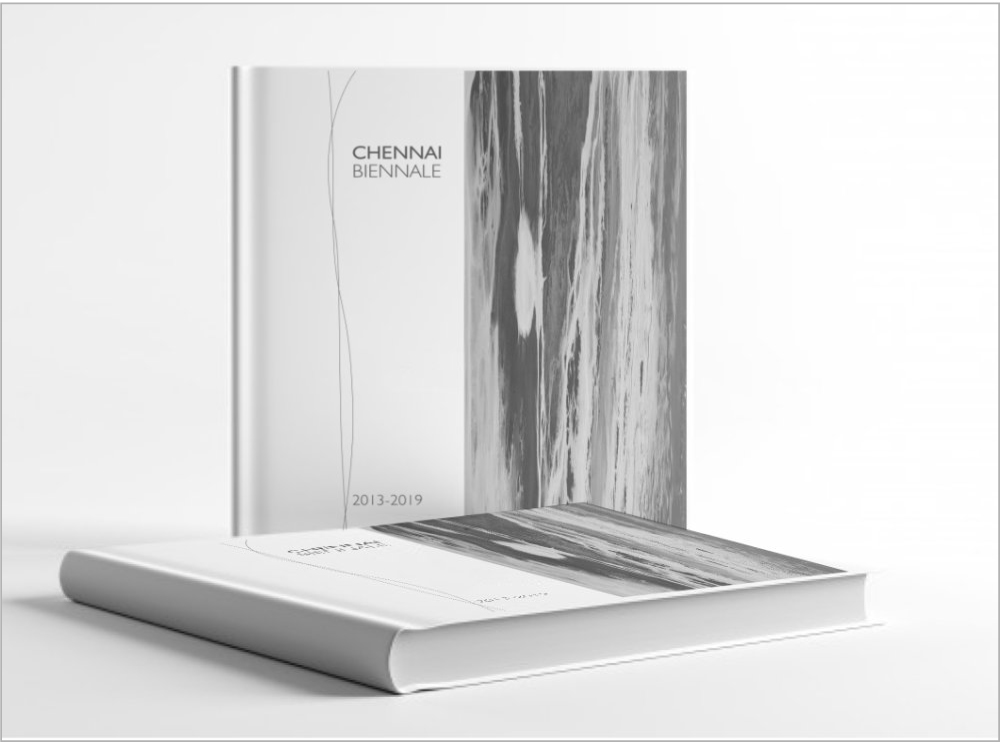
In association with
The Chennai Biennale, is a series of curated exhibitions that aims to showcase the range and variety of contemporary paintings from Korea. Curated by K-Art International Exchange Association and co-presented with InKo Centre, with support from several Korean organisations, these large-scale expositions of contemporary paintings are presented bi-annually in Chennai.
This e-compendium showcases the work of close to 500 exceptional senior and emerging contemporary Korean artists, presented over four editions from 2013-2019.
Flip through the pages to view the artworks, techniques and thematic concerns of some of the most exciting contemporary painters in Korea today!
The Chennai Biennale is to date one of the largest expositions of contemporary painting in India. With an average of approximately 120 artists on display, the exhibition trains the spotlight on exceptional talent across the contemporary art spectrum in Korea with works by both senior and emerging artists. The series is curated by K-Art International Exchange Association who draw from their vibrant networks in Korea, The aim of the series, co-presented with InKo Centre, is to introduce and familiarise audiences in India with the artworks, techniques and thematic concerns of present day painters in Korea. Presented bi-annually in Chennai, the largescale exhibition, was complemented by visits by a number of Korean artists to interact and share best practices with local artists in Chennai and beyond.
Join us to view close to 500 of the most exciting painters in Korea today!
The e-compendium can be accessed in the infotainment section on our website
http://www.inkocentre.org/Virtual_Connect_Infotainment.html
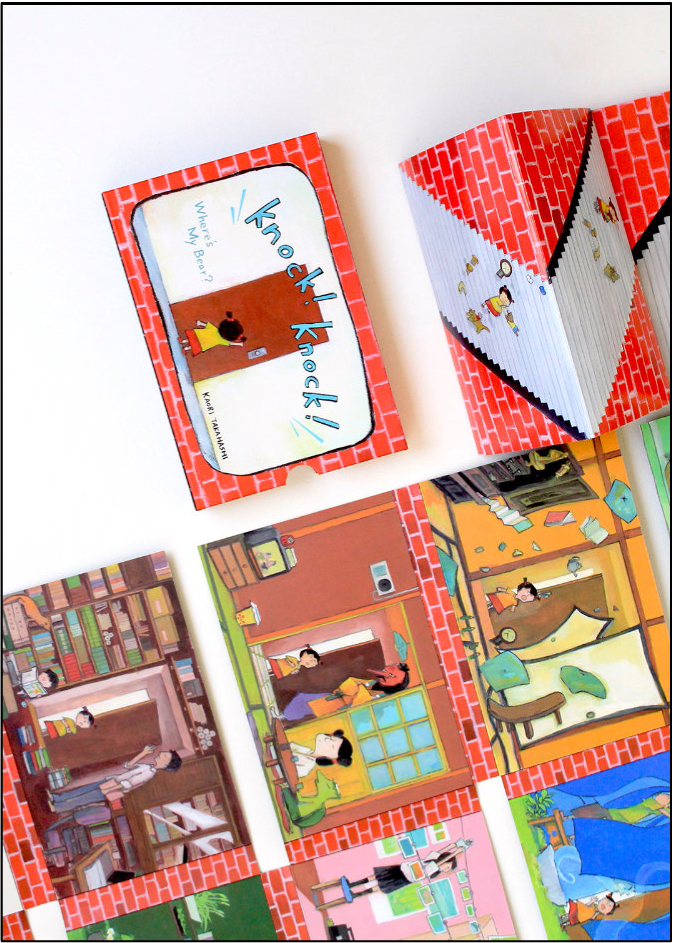
In association with
Ideas and stories traverse the globe and help us to stay connected even when we remain rooted to one place! Join us for a series presented in association with Tara Books that aims, through storytelling and activity-based interactions, to focus on how we might make sense of books cross-culturally.
Working with over half a dozen publishers in Korea, there are currently 12 Tara titles available in Korean. This series of talks and interactions, focuses on 5 popular titles, one every month, from July to November 2020.
Featured this month, the second in the series, is the globally acclaimed Knock! Knock! created by Japanese illustrator Kaori Takahashi and published in Korea by Borim Press. Join us as we take you through the history and making of the book - from its inception in a workshop to its evolution into a book.
For over two decades, the Chennai-based publisher, Tara Books been part of a global culture of publishing, which focuses on books with perspective, featuring unusual art and text. Collaborating with some of the most exciting voices in the field, their books are creative conversations between designers and artists from different parts of India, authors and illustrators across cultures and between publishers across the world.
We wish to initiate a conversation that engages with the theme of global connectedness by presenting a set of Tara titles that have been printed and widely appreciated in Korea. Working with over half a dozen publishers in Korea, there are currently 12 Tara titles available in Korean.
We hope, with the Travelling Titles series, to connect with readers from India, Korea and the world!
Tara Books YouTube Channel : Youtube.com/tarabooks
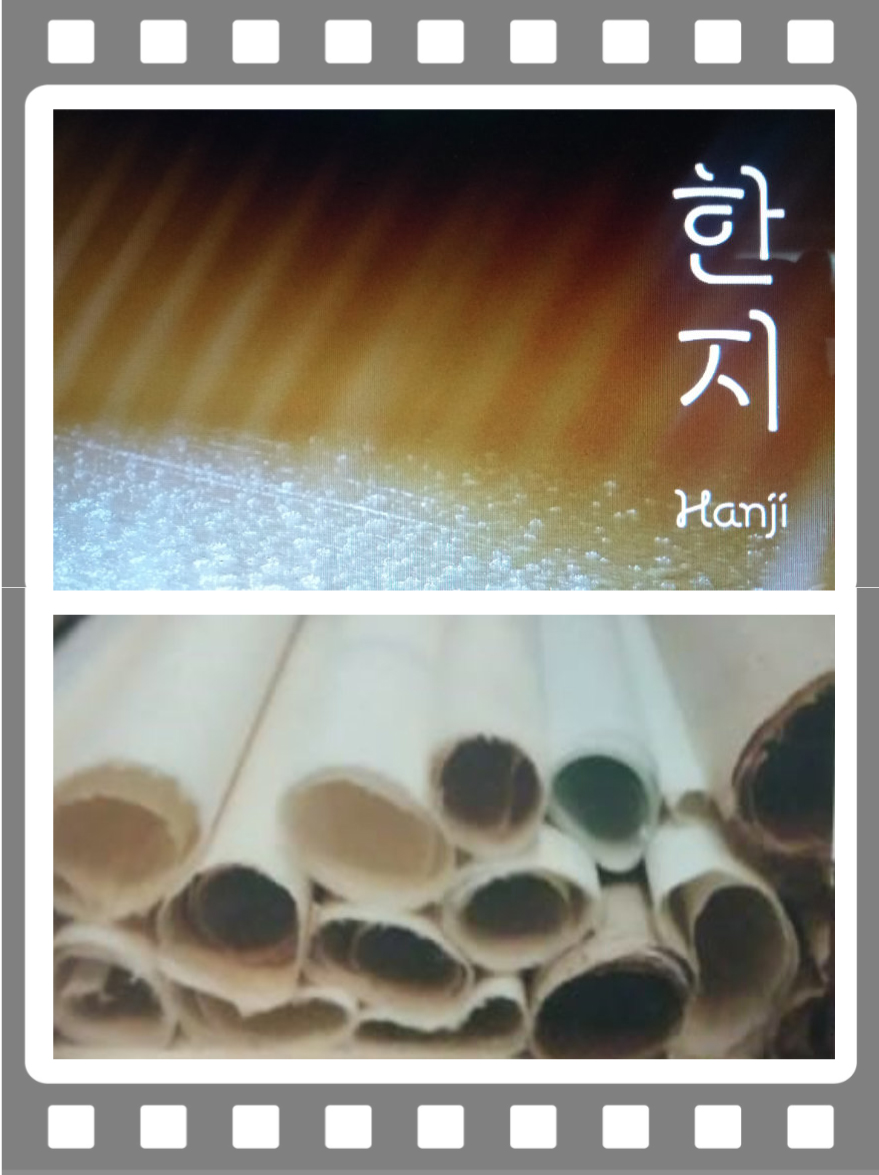
- a film presented in association with
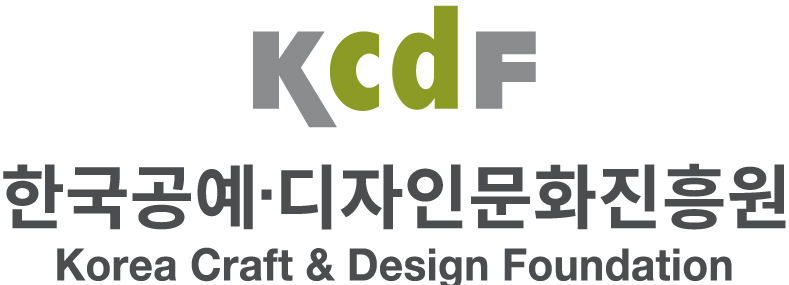
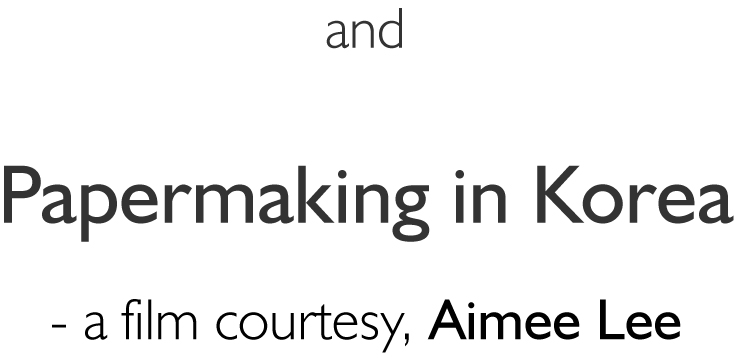
Cultural heritage provides both tangible and intangible representations of the values, beliefs, traditions and lifestyles of prior generations. which through careful preservation continues to have relevance in contemporary times.
In this episodic series we focus on unique craft traditions of Korea where over centuries, knowledge and processes have been carefully preserved and painstakingly transmitted inter-generationally, with passion, rigour and respect.
We begin with Hanji, the resilient, versatile paper from Korea that to this day is made following processes that arch back several centuries. With two films, courtesy the Korean Craft and Design Foundation (KCDF) and artist Aimee Lee, along with select photographs, we present the wonder that is hanji, its incredible toughness yet gossamer-like lightness - Korea's unique cultural heritage and gift to the world!
Cultural heritage can be tangible or intangible. Tangible cultural heritage refers to things that we can store or physically touch. Examples of tangible cultural heritage include traditional clothing, tools, buildings, artwork, monuments, and modes of transportation. Intangible cultural heritage refers to things that are not physical items but exist intellectually. Intangible cultural heritage includes oral traditions songs, rituals, values, superstitions and myths, beliefs, social practices and the knowledge and skills to produce traditional crafts. The Intangible Cultural Properties (무형문화재) are aspects of intangible culture that the government of South Korea has officially designated for preservation under the supervision of South Korea's Cultural Heritage Administration. Exceptional individuals are designated as the holders or invaluable repositories of these craft or performance traditions, and are referred to and supported as Living National Treasures.
The Cultural Heritage series aims to focus episodically on introducing and celebrating singular aspects of Korea's cultural traditions. We begin with hanji, the resilient and versatile paper, made from the bark of the mulberry tree that grows abundantly on the hilly terrain in Korea. With processes dating back in exactness and rigour to ancient times, hanji is created slowly and painstakingly, often with the entire family involved in various steps from cutting the branches and husking the bark to boiling, drying and making the paper.
Hanji literally means "the paper of Korea". The versatility of Korean paper is such that it can be used in a multitude of ways and the paper bears a different name according to its use. If it is glued on a door it is called a window paper; it is copy paper if it is used for a family registry book, Buddhist sutra or for archival purposes, while it becomes drawing paper if used for purposes of calligraphy or painting.
There is an old saying that paper lasts a thousand years while textiles, such as silk or hemp, last five hundred, reflecting the superior strength of paper over cloth. With the extensive use of hanji, Korea has preserved several books and drawings, historical records and rare archival material which are close to 1000 years old. Artists use hanji for calligraphy and dyeing as the ink spreads evenly because the paper is strong and lacks impurities, despite being thin. From theatre and fashion shows with clothing made of hanji, its presence is alluring in Korea and abroad. And into the future, is a study on the potential use of hanji as a substitute for styrofoam as internal packing material and as protective material for space shuttles.
To protect and preserve this ancient handmade tradition and to keep the industry competitive and relevant, the Korean government has appointed masters of Korean papermaking as intangible cultural assets. One such was the late Yong Hoon, who at Jangjibang Mill, made the finest paper- some gossamer-thin, like silk and the other, as hard and tough as leather! To introduce and celebrate the wonder that is hanji, we present photos of the late master craftsman and two films, one courtesy by the Korean Craft and Design Foundation and the other by Aimee Lee, who on a Fulbright Fellowship interned at Jangjibang and learnt from Jang Seong Woo, the son of the late, Yong Hoon.
The Korea Craft & Design Foundation is a public organization affiliated to the Korean Ministry of Sports, Culture and Tourism. KCDF was designated as the main organization for the promotion of craft culture industry in 2015. The objective of the organization is to promote Korea's craft, design and hanbok (traditional Korean attire), both in Korea and internationally, with an aim to promote the field and to create opportunities for young crafts persons, artists and related groups. The focus is on preserving Korea's cultural heritage by reinterpreting tradition, research on craft materials/skills and also developing craft related regions around the country. KCDF aims to encourage and support entrepreneurship and to establish strong networks to lead the field of craft, design and hanbok.
Aimee Lee is an artist who makes paper, teaches, writes, and champions Korean papermaking through her research and creative practice. Her extensive Fulbright research on hanji helped her build the first hanji studio in North America and write an award-winning book, Hanji Unfurled. In 2019 she was designated an Ohio Arts Council Heritage Fellow and will return to Korea for further hanji research in 2021 as a Fulbright Senior Scholar.
"In January 2009, I spent a month working at Jang Ji Bang, a 3rd and 4th generation family-run papermill in Gapyeong, Korea. I learned how to make hanji as well as related applications as the student of the eldest son, Jang Seong Woo. He was generous with history, technical guidance, and stories about his family's experience with hanji as the focal point of their lives."
Credits:
Camera and editing: Aimee Lee
Consulting editor: Cindy Lee
Technical consultant: Bum Lee
Special thanks: U.S. Fulbright Program
© 2009
InKo Centre YouTube Channel : https://www.youtube.com/user/InKoCentre